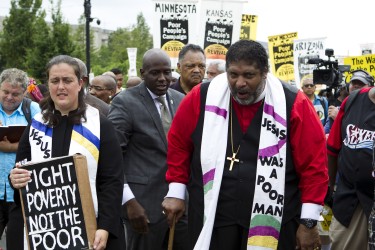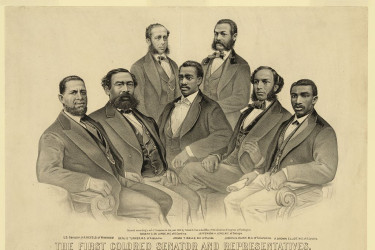In 1941, when Madeline Stratton Morris became a teacher in Chicago, there were no Black history courses. Morris, with support from Woodson and Phi Delta Kappa Sorority, and the help of fellow teacher and research assistant, Bessie King, created the first Black history curriculum adopted by Chicago Public Schools in 1942.
In the 1960s, the educational resistance movement became louder and more public with the development of Liberation Schools, the Black Panther Party’s Intercommunal Youth Institute and the Black Campus Movement. Black Power as a slogan, as a movement, and as a space for education owes much of its legacy to Mississippi.
Ten years after Brown vs. Board of Education, Mississippi schools remained segregated and teachers were surveilled by the Mississippi State Sovereignty Commission, a governmental unit that monitored civil rights activity and closely watched classroom instruction and syllabuses. By engaging with Black culture, educators risked their jobs and lives.
That did not deter educators’ and activists’ determination to transform their relationship to white supremacy. In 1964, the Student Nonviolent Coordinating Committee, the Council of Federated Organizations and the NAACP launched Mississippi Summer Project, a voter registration and educational campaign designed to challenge political and educational discrimination.
A crucial part of the effort was the Freedom Schools, which opened during the first week of July in 1964. An estimated 2,500 to 3,000 students attended classes at more than 40 schools across Mississippi. There were no tests nor mandatory attendance like in traditional schools, so the success of Freedom School instructors, mostly college students from Northern states, depended on students’ willingness to participate and engage with discussion. Freedom Schools raised questions about democracy, Brown vs. Board of Education, and the U.S. Constitution. Having a voice during Freedom Summer gave students the courage to use their voices in formal educational settings as well as question Mississippi’s deeply flawed educational system.
Although the Freedom Schools taught reading, writing, arithmetic, civic and history, many students were drawn to activism. Students helped with voter registration, attended meetings, marches, sit-ins and protests. Many students were also motivated to work on Freedom News, a collective of newspapers published by Freedom School students.



















